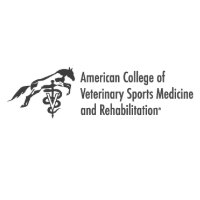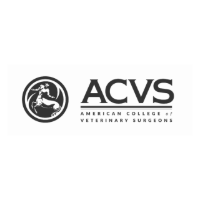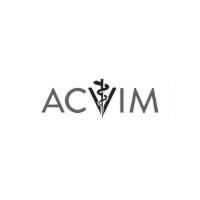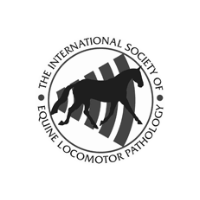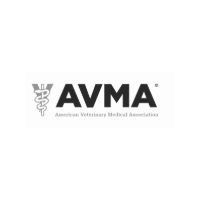Regenerative Therapies
Advanced Healing for Equine Athletes
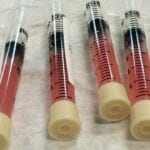
At Cave Creek Equine™ Sports Medicine & Surgery, we specialize in regenerative therapies that harness the horse’s own biological materials to accelerate healing, reduce inflammation, and restore function. Our team, including Dr. Martin Vidal and Dr. Fabio Aristizabal, has been at the forefront of equine regenerative medicine, contributing to research and clinical advancements in the field.
What Is Regenerative Medicine?
Regenerative medicine focuses on stimulating the body’s natural healing processes to repair damaged tissues. By utilizing autologous (patient-derived) therapies, we aim to enhance recovery from injuries that were once considered career-ending. These therapies are particularly effective for:
- Tendon and ligament injuries
- Joint inflammation and osteoarthritis
- Soft tissue lesions
- Laminitis and hoof-related conditions
Our Regenerative Therapies
Stem cells have the unique ability to differentiate into various cell types, making them invaluable for tissue regeneration.We utilize mesenchymal stem cells (MSCs) derived from bone marrow or adipose tissue to treat:
- Suspensory ligament desmitis
- Superficial and deep digital flexor tendon injuries
- Joint cartilage defects
- Chronic laminitis
Our in-house laboratory allows for the processing and administration of stem cells, ensuring timely and sterile application.
PRP therapy involves concentrating platelets from the horse’s own blood to create a serum rich in growth factors. This serum is injected into injured areas to promote healing in:
- Tendons and ligaments
- Joints affected by osteoarthritis
- Soft tissue injuries
PRP is particularly beneficial for injuries in areas with limited blood flow, enhancing the body’s natural repair mechanisms.
IRAP therapy targets inflammation within joints by blocking interleukin-1 (IL-1), a cytokine responsible for cartilage degradation. The process involves:
- Collecting the horse’s blood
- Processing it to produce autologous conditioned serum (ACS)
- Injecting the ACS into the affected joint
This therapy is effective in managing osteoarthritis and other joint-related conditions, reducing pain and improving mobility.
Why Choose Cave Creek Equine™?
Expertise: Our veterinarians are pioneers in regenerative medicine, with extensive research and clinical experience.
Advanced Facilities: We offer on-site processing of regenerative therapies, ensuring quality and efficiency.
Comprehensive Care: From diagnosis to rehabilitation, we provide a full spectrum of services tailored to your horse’s needs.
If your horse is dealing with an injury or chronic condition, regenerative therapies may offer a path to recovery. Contact us to learn more or to schedule an appointment.

